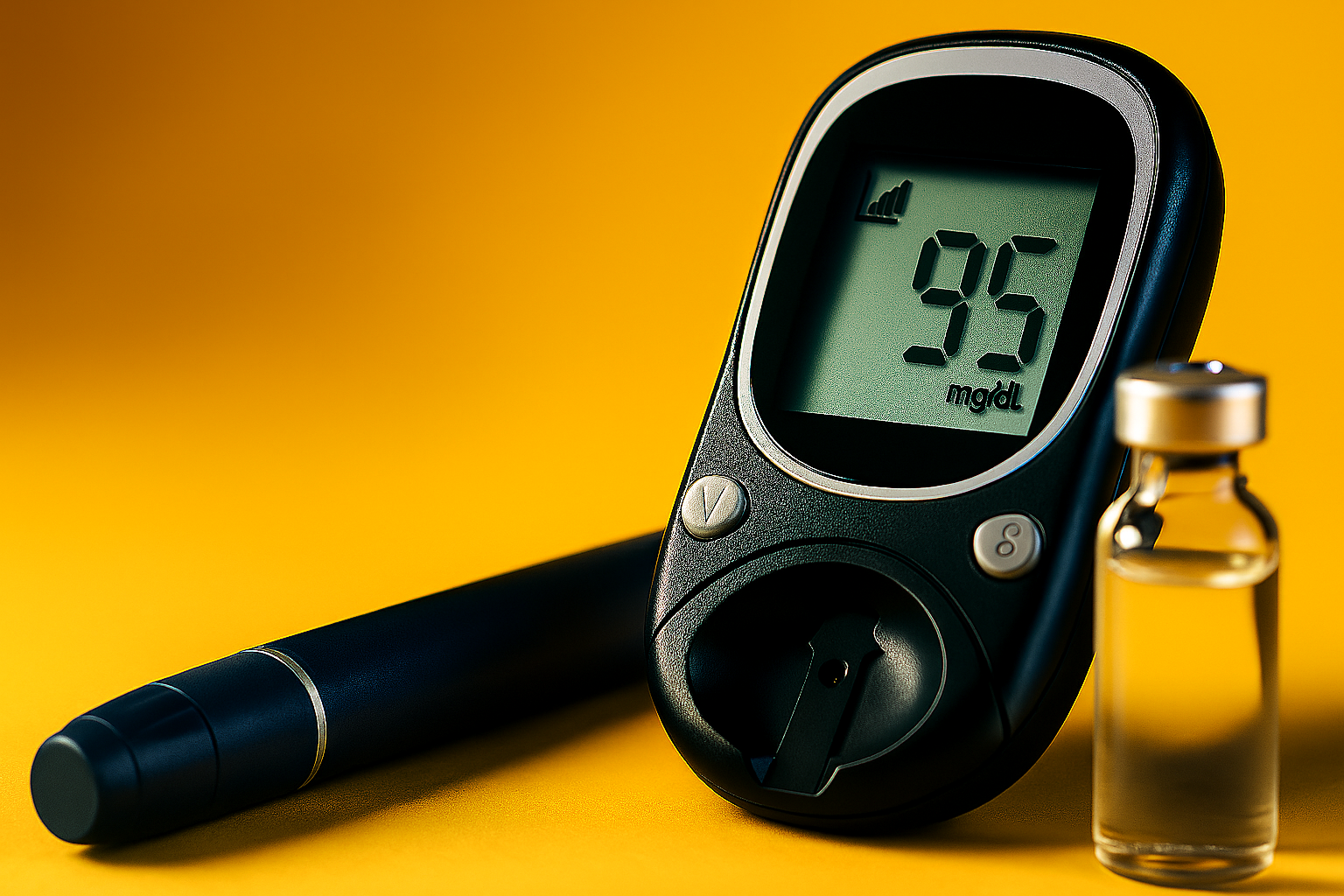Encapsulation Gives Me Reason to Hope
When I hear the word ‘cure’ it sends my mind racing with visions of science fiction television. I imagine my daughter being scanned by Doctor McCoy, in an instant his tricorder beeps and Arden’s pancreas springs back into action. Everyone in the room takes a pause for dramatic effect and type 1 diabetes is no more.
It’s that level of high yet unreasonable expectation, mixed with a healthy amount of cynicism that keeps me from becoming too excited when news of “promising research” is announced. I read the articles - well, I thoroughly peruse them - but most research news leaves me feeling like real-world science hasn’t quite caught up to the desires of the scientific community. Curing a disease without significant effort, crazy drugs and more than a bit of luck seems unlikely to me right now. In other words, I’m a tough sell.
Until I heard about Beta Cell Encapsulation…
Encapsulation grabbed my attention in such a big way that I asked it’s benefactor, JDRF (formally known as Juvenile Diabetes Research Foundation) if there was someone that I could interview about the technology. They were kind enough to put me in touch with JDRF Director of Discovery Research, Albert Hwa, PhD.
My conversation with Albert did a few things. It reminded me that I am not a scientist, gave me great hope for type 1 diabetes treatments and made me want to tell you about what I learned without being too sciencey - because I don’t want you to just peruse this article.
What is Encapsulation: In layman's terms, the process of encapsulation has made it possible for foreign cells to be introduced into the body after being coated (encapsulated) with a substance that protects them from your immune system. Specifically for the ViaCyte product design, the cells are inserted into a device that is currently the size of a business card and surgically placed under the skin during an outpatient procedure. The device allows its cellular passengers to interact with the body, measure the level of glucose and produce insulin without being identified by the immune system as a foreign body - all without anti-rejection drugs. Through the nature of science, encapsulation keeps your immune system from attacking the new insulin producing cells without blocking other needed functions. That’s science!
Is this a cure: Encapsulation is not a cure but it is the first stopgap between a cure and the reality that people living with type 1 diabetes experience that makes me say, “Where do I get this for my daughter?” It’s not a cure because the root issue is not being addressed, as the pancreas remains devoid of insulin-producing cells, and the autoimmune responses against them persists. The goal of this research is to introduce donor beta cells that will eliminate the need for manmade insulin. That would mean no more shots, finger sticks, insulin pumps, glucose monitors and the wildly fluctuating blood glucose levels that cause serious long-term health issues.
How long will the device last: Researchers aren’t positive at this time how long the cells will produce insulin before they need to be replaced, but a minimum of two years seems to be the initial hope and goal. Having a small procedure every two years is a vast improvement over what my daughter and the millions of other people who have type I diabetes deal with every moment of their lives.
More details you want to know: There are currently two companies conducting trials on encapsulation, both are being partially supported by the JDRF. The trial that was being held as I spoke with Albert Hwa was happening in a human being. Human trials are very exciting because so many ideas never get past animal trials; Most of the research that people with type 1 diabetes hear about cures mice but never makes the leap to helping people. The encapsulation human trials are in their infancy; Albert told me that even if everything went exactly perfect with the trials, it would still be “ten years” before Encapsulation could become a reality.
I chose to learn more about encapsulation because I’ve watched my daughter live for nearly a decade with type1 diabetes and this is the first time that I’ve felt like I was looking at a potential answer that could make it to market. I’m not a health care professional, just a father hoping for his daughter’s life to get better. In my estimation, encapsulation feels possible. I can imagine driving my daughter to her doctor to have a form of this device implanted, not unlike a pacemaker. For a guy that doesn’t usually feel very hopeful about stuff like this - I feel hopeful.
You can read more about encapsulation on the JDRF website, they even have the sciencey stuff:
JDRF Partner ViaCyte to Immediately Initiate Type 1 Diabetes Clinical Trial
We are extremely pleased the FDA has allowed the company to move forward with a human clinical trial of its innovative type 1 diabetes (T1D) encapsulated cell replacement therapy...
From JDRF.org
JDRF’s partner ViaCyte recently announced the U.S. Food and Drug Administration (FDA) is allowing them to move forward with a clinical trial of its innovative type 1 diabetes (T1D) encapsulated cell replacement therapy called VC-01™ product candidate. The company plans to immediately initiate the first ever clinical evaluation of a stem cell-derived islet replacement therapy for the treatment of people with T1D. The trial will enroll approximately 40 people at multiple clinical sites.
Trials on people, not mice.





















